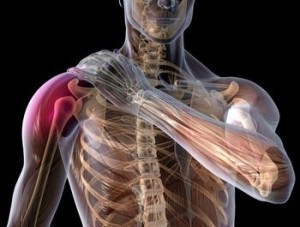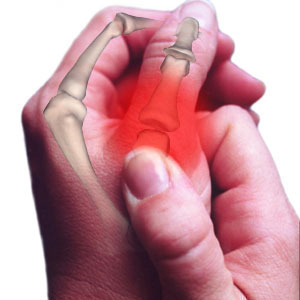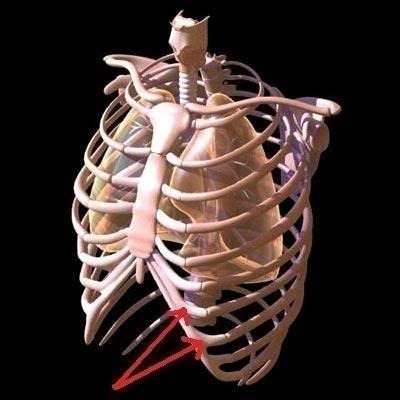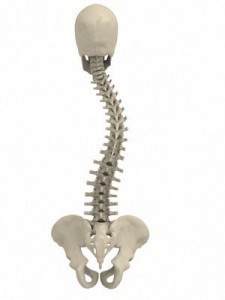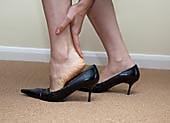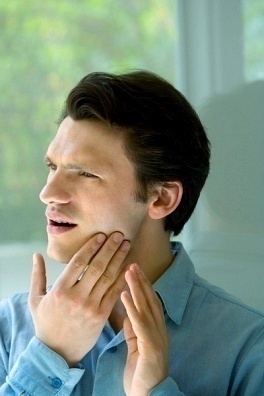Symptoms of a Torn Rotator Cuff
The shoulder is the most mobile part of the body. It is supported with tensile muscles that are meant to provide stability and mobility to the shoulder. The rotator cuff muscles are important groups of tendons attached to the shoulder. Injury to these muscles results to symptoms of torn rotator cuff. It is important to determine the proper symptoms of torn rotator cuff to obtain proper diagnosis and treatment to the condition.
It is notable to know that the shoulder needs muscular support being a mobile structure of the body. Without the proper support of the muscles the shoulder will be prone to hyper mobility and instability. The rotator cuff muscles are the vital muscular support to the shoulder area. The symptoms of torn rotator cuff are common when injury to the shoulder is sustained.
Signs of Torn of Rotator Cuff
There are different levels of symptoms for torn rotator cuff. The symptomatic manifestations of rotator cuff tear usually depends whether the condition is on its early stage or acute condition and whether the injury sustained is either minor or major.
Tendinitis is a common early symptom of torn rotator cuff. The condition is common among women between the age of 35 and 50 years. The significant manifestations of symptoms of torn rotator cuff are tenderness in the shoulder joint, deep aching sensation along the shoulder area that may also involve the outside of the upper arm. These sensations are often accompanied with pain that worsens when lifting the arm and turning the arm inward. The early and minor symptoms of torn rotator cuff involving tendonitis may progress to chronic stage.
The major symptoms of torn rotator cuff muscles is one involving chronic pain usually intense especially at night which interferes with sleep. In time the symptoms of torn rotator cuff progresses to muscle weakness that can lead to immobility of the arm at the shoulder joint.
Diagnosis of Torn Rotator Cuff
Establishing a diagnosis is based on the manifested symptoms of torn rotator cuff. The patient typically will have a chief complaint of pain and tenderness on the shoulder joint area where the rotator cuff tendons insert and most likely to be injured. The diagnosis is made through physical examination, x-ray assessment, and imaging studies such as ultrasound and magnetic resonance imaging (MRI).
Physical examination is an important component of making a diagnosis and ruling out other underlying causes that can mimic the symptoms of torn rotator cuff is important in making the diagnosis more accurate.
Treatment for Torn Rotator Cuff
The treatment for rotator cuff tear begins from conservative approach to surgical treatment. The choice will depend whether the symptoms of torn rotator cuff involved is one as mild, chronic or acute. Conservative treatment consists of rest and limited mobility to the injured shoulder, anti-inflammatory and pain medication, the use of a sling, injection of steroid and physical therapy rehabilitation. Strengthening exercises are important component of recovery treatment for torn rotator cuff muscles. Conservative approach is the best treatment option for minor shoulder injury and to relieve the early manifestations of the symptoms.
One opts for surgical treatment approach when conservative treatments fail to relieve the symptoms of torn rotator cuff. Conditions such as the involvement of the dominant shoulder, the need for maximum strength on the affected arm for daily activities and the occurrence of intense pain are involved all warrant the recommendation for surgical approach.
